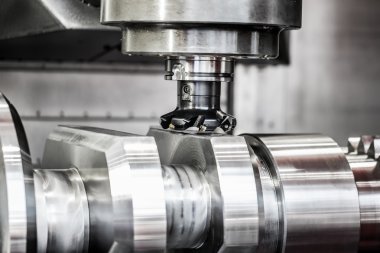As outlined by Market Prospects in their article “What Are the Different Types of Chips in Milling Machines?“, milling machines are versatile tools capable of accurately shaping various materials into complex forms. These machines, categorized into vertical, horizontal, and compound types based on the tool spindle’s direction, facilitate diverse milling operations.
The milling process involves high-speed milling cutter operations, where the cutter contacts the workpiece, forming chips through cutting and pushing actions. These chips vary based on factors such as workpiece material, cutting conditions, and deformation during cutting. Notably, four chip types emerge: continuous, nodular, granular, and chipping, each formed under specific conditions and materials.
Continuous chips, characterized by a furry outer surface and a smooth inner surface, occur when slip on the final surface hasn’t reached rupture. Nodular chips, with zigzag outer surfaces and smooth inner surfaces, form when slip is sufficient for rupture. Granular chips, divided into trapezoidal units, result from cracks penetrating the chip layer. Lastly, chipping occurs in brittle metals, leading to fragmented chips due to minimal plastic deformation.
Understanding these chip types is crucial for optimizing milling processes and achieving desired machining outcomes.
Click here to learn more about Toolcraft’s machining capabilities.
Article with all rights reserved, courtesy of market-prospects.com
Photo with all rights reserved, courtesy of depositphotos.com.





